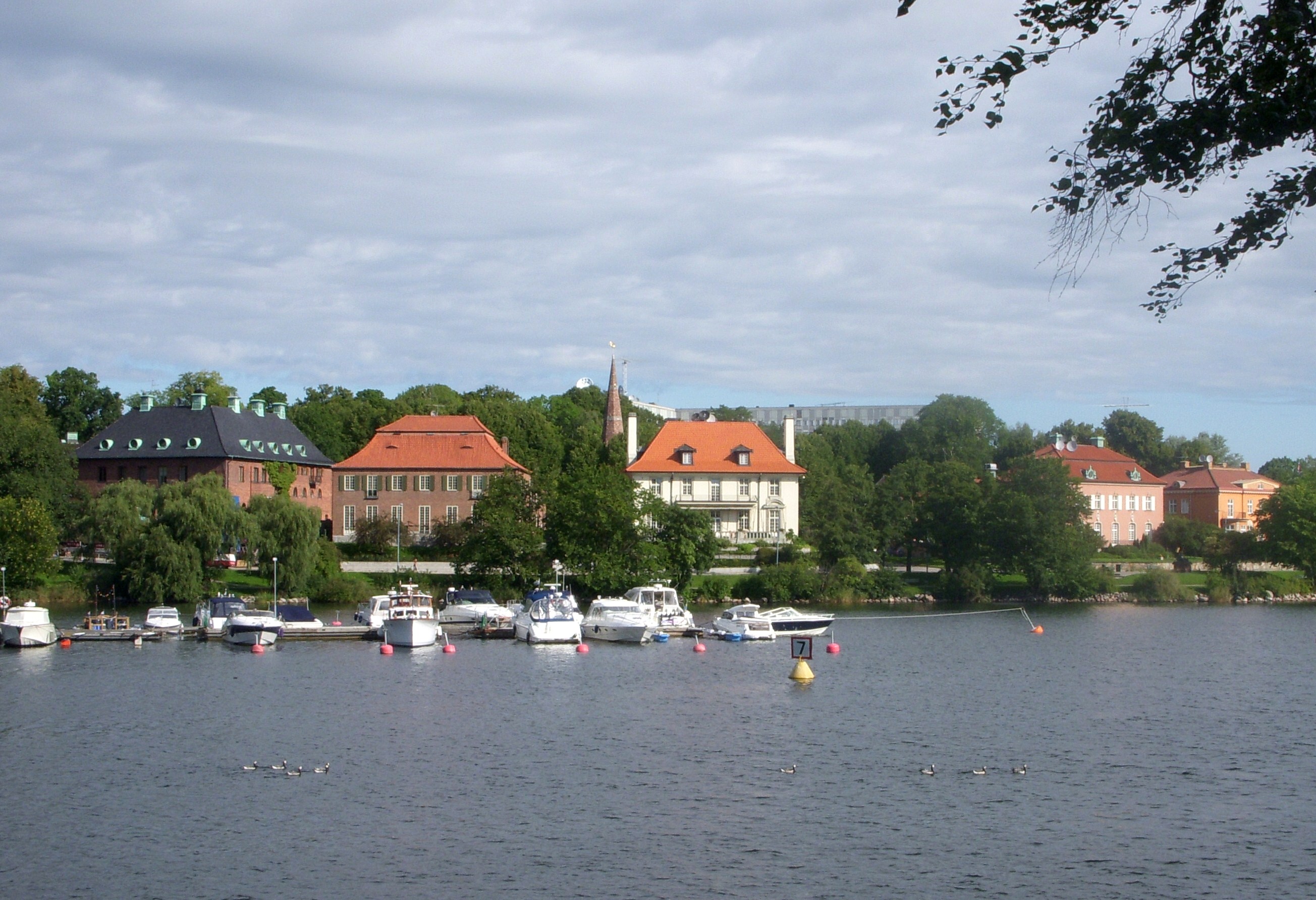Diplomatstaden on:
[Wikipedia]
[Google]
[Amazon]
 Diplomatstaden (
Diplomatstaden (
 Diplomatstaden (
Diplomatstaden (Swedish
Swedish or ' may refer to:
Anything from or related to Sweden, a country in Northern Europe. Or, specifically:
* Swedish language, a North Germanic language spoken primarily in Sweden and Finland
** Swedish alphabet, the official alphabet used by ...
for "Diplomat City") is a neighbourhood in the Östermalm
Östermalm (; "Eastern city-borough") is a 2.56 km2 large district in central Stockholm, Sweden. With 71,802 inhabitants, it is one of the most populous districts in Stockholm. It is an extremely expensive area, having the highest housing ...
district in central Stockholm
Stockholm () is the Capital city, capital and List of urban areas in Sweden by population, largest city of Sweden as well as the List of urban areas in the Nordic countries, largest urban area in Scandinavia. Approximately 980,000 people liv ...
, Sweden. As the name suggests, the neighbourhood is the home of many embassies and ambassadorial residencies.
Diplomatstaden encompasses the area facing the Djurgårdsbrunnsviken
Djurgårdsbrunnsviken is a bay in central Stockholm, Sweden, together with the canal Djurgårdsbrunnskanalen forming the northern shore line of the island Djurgården (or more correctly between Northern and Southern Djurgården). The bridge ...
bay which is located south of the easternmost part of Strandvägen
Strandvägen is a waterfront on Östermalm in central Stockholm, Sweden. Completed just in time for the Stockholm World's Fair 1897, it quickly became known as one of the most prestigious addresses in town.
Stretching 1 km (3.500 ft) ...
. It is an exclusive residential area composed of a group of brick villas built mostly in the 1910s and 1920s.Johansson, ''Guide till Stockholms arkitektur'', p 184
History
The municipal council had scrapped its plans for a Nobel institute in the neighbouring Nobel Park (''Nobelparken'') in 1906.Stugart, ''Diplomatstaden vore kul...'' Instead, city planning authority Per Olof Hallman designed a city plan for the area in 1911 and 1914. His plan strictly specified what materials should be used and detailed much of the exterior shapes of the buildings. Additionally, the irregularly shaped sites, over time increasingly criticised by involved architects, strongly dictated the design of the buildings. Most buildings facing the street passing north of the area are surrounded by walls, while open gardens surround those facing the southern waterfront. Hallman placed the villas in a semicircle around St Peter and St Sigfrid's Church, known locally as the "English Church" (''Engelska kyrkan''). Designed byJames Souttar
James Souttar FRIBA (11 February 1840, in London – 22 April 1922, in Aberdeen) was a Scottish architect.
Life
The son of William Souttar (1805–1838) of Edenville in Aberdeen, and his wife Mary Mearns, Souttar worked in Sweden from 1863 to ...
in 1863, the church was originally located at Wallingatan north of the Norra Bantorget
Norra Bantorget ("Northern Railway Square") is an area in central Stockholm, named after the location where the first Stockholm North Station was built. It is the traditional Social Democratic grounds of the Swedish capital. It is the location ...
square, but was moved brick by brick to its present location in 1913. The first villa to be built was banker Philip Geber's (5, Nobelgatan), designed by Ragnar Östberg
Ragnar Östberg (14 July 1866 – 5 February 1945) was a Swedish architect who is best known for designing Stockholm City Hall.
Biography
Östberg was born in Stockholm, Sweden. His parents were Carl Östberg and Erika Kindahl. Between 1884 a ...
in 1913. Two years later, United Kingdom had their embassy built (7, Nobelgatan) to the design of British architect Sir Richard Allison.
Villas
The villas in the area are: :sv:DiplomatstadenNotes
References
* * *External links
* {{coord, 59, 19, 59, N, 18, 06, 10, E, display=title, region:SE_type:landmark Geography of Stockholm Diplomatic districts